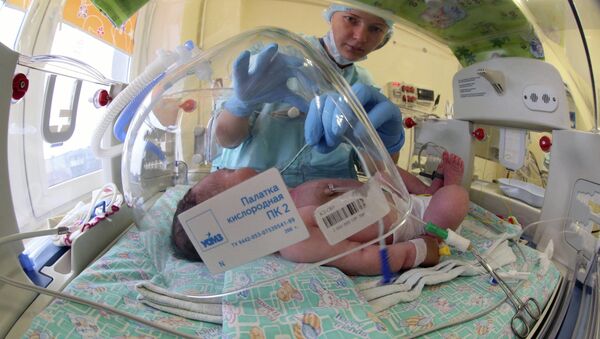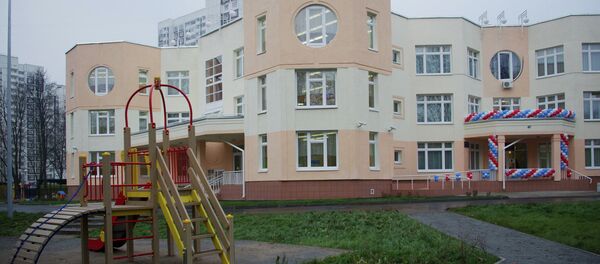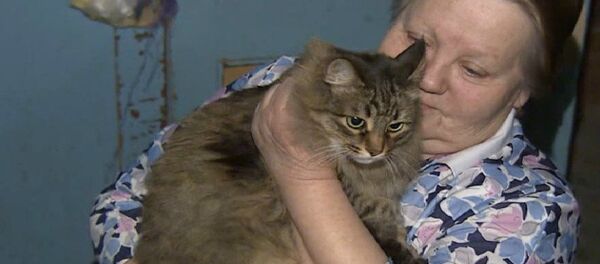The facilities, which have mostly been relying on baby incubators, now admit that this technique works far better.
This form of care involves teaching mothers how to keep newborns warm through continuous skin-to-skin contact with the mother’s chest.
“As soon as I was allowed to take my baby in my arms, my daughter started feeling better, her breathing stabilized, she is eating well and she has gained some weight – she already weighs more than one kilo,” one of the mothers told the Russian media.
Medics say that in one of Tatarstan's maternity hospitals, over 100 babies were born who weighed less than one kilogram last year.
The hospital used to send babies to an intensive care ward, where they were put into incubators. The mothers were then prohibited from joining their newborns in intensive care. The babies were kept at a temperature of 36 degrees Celsius, in 100 per cent humidity.
The newly-used method originated in Columbia. In response to a shortage of incubators and severe hospital infections, mothers were allowed to nurse the preterm babies themselves.
Since 1983 UNICEF (The United Nations Children's Fund) has made more people aware of the new method.





